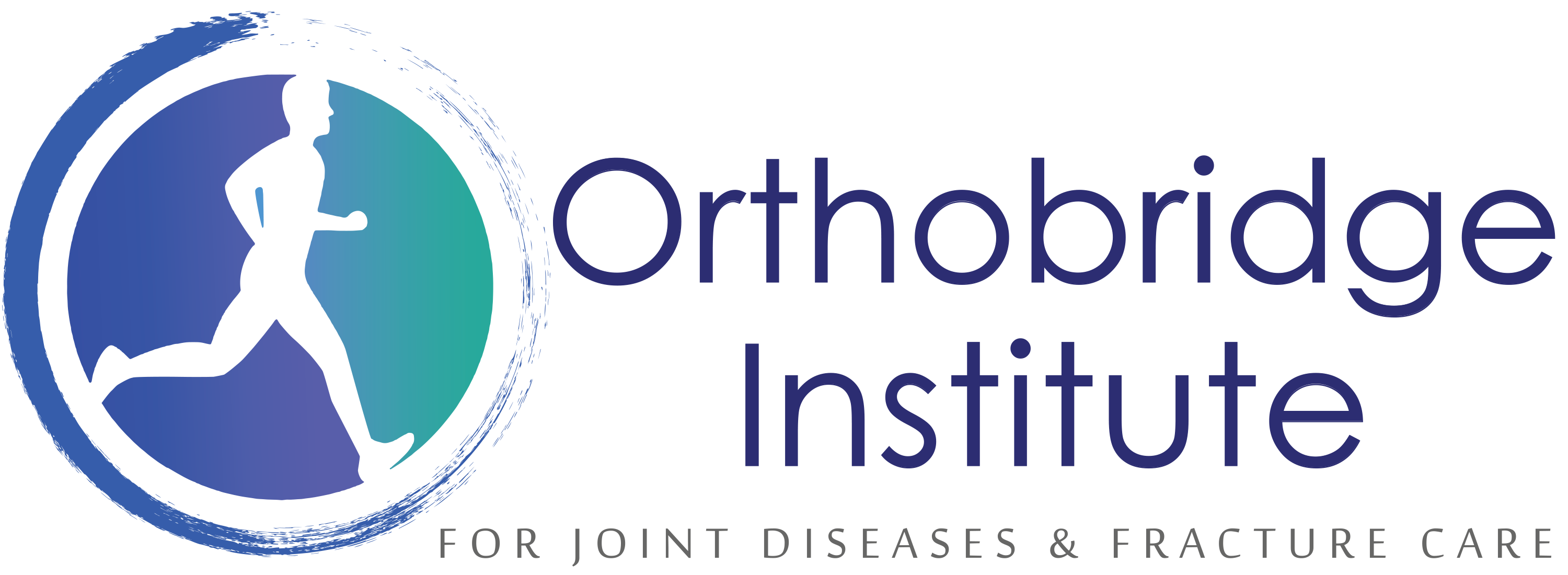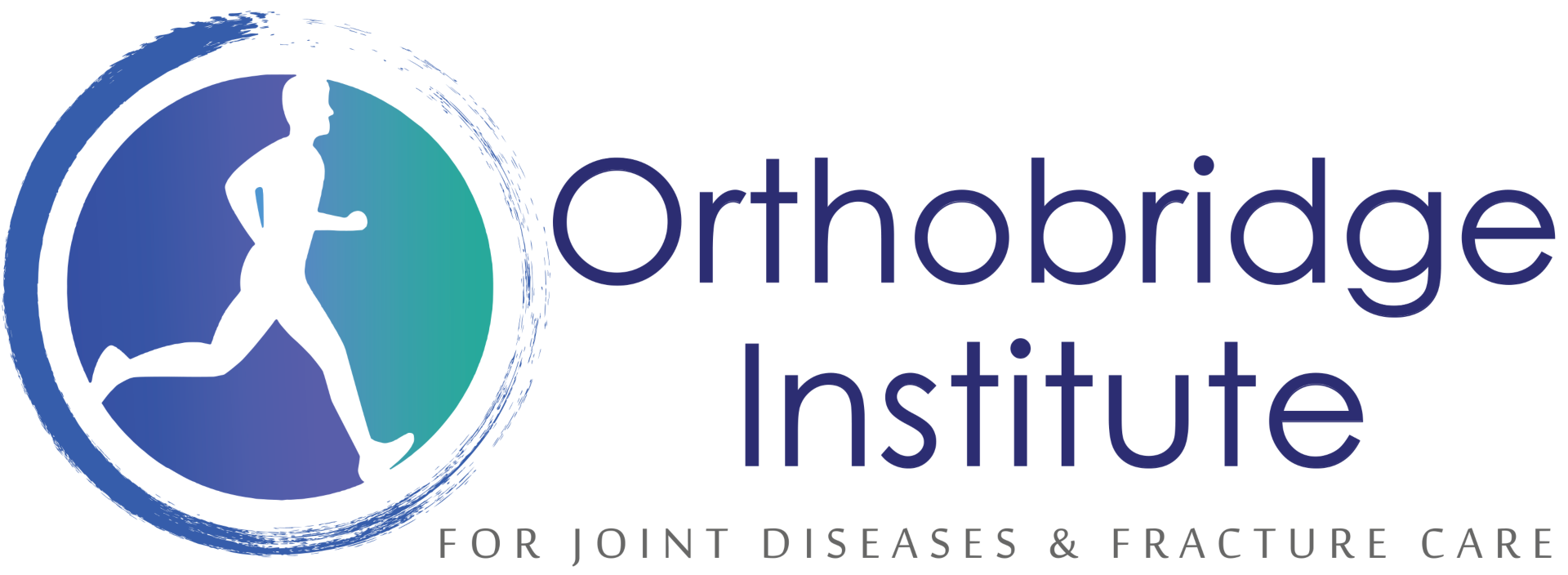Health Concerns
At Orthobridge Institute, our focus on health education is to educate patients on how to live healthily and engage in preventative medicine to avoid health issues.
Elbow Conditions
Learn more about various conditions affecting the elbow joint and the wide range of treatment options we offer.
Hip Conditions
Learn more about various conditions affecting the hip joint and the wide range of treatment options we offer.
Shoulder Conditions
Learn more about conditions affecting the shoulder & the treatment options we offer.
Knee Conditions
Learn more about various conditions affecting the knee joint and the wide range of treatment options we offer.
Back Pain
Learn more about our careful evaluation and treatment to ease the degree of your back pain.
Neck Pain
Learn how we help you prevent and eliminate neck pain with a more comprehensive diagnosis and care.
Sciatic Nerve Pain
Learn more about the various treatment options we offer for sciatic pain relief.
Leg Length Discrepancy
Learn more about our approach to diagnose and treat leg length discrepancy.
Frequent Asked Questions
If I see an orthopedic surgeon, will he/ she generally recommend surgery?
What are the most common orthopedic surgeries?
The most common orthopedic surgeries are:
- Arthroscopic surgery of the knee, shoulder, elbow, wrist, hip, and ankle
- Joint replacement surgery, during which an arthritic or damaged joint is removed and replaced with an artificial joint
- Repair of soft tissue injuries, such as torn tendons or ligaments
What is arthroscopic surgery?
Arthroscopic surgery is a minimally invasive procedure in which the surgeon uses a high-definition, fiber optic camera that is about the diameter of a pencil to perform surgery through small incisions.
Arthroscopy is also used to diagnose and treat virtually all joint problems, including those of the shoulder, elbow, wrist, hip, knee, and ankle. The visualization that arthroscopy makes possible allows your surgeon to treat many conditions in the least invasive manner possible.
Because arthroscopic surgery is performed through small incisions, injury to soft tissues is avoided, which results in quicker and less painful recovery times. Most patients go home the same day they have surgery.
Can I be awake during the surgery?
You will not be able to see the surgery itself because a large sterile drape is placed between you and the surgeon.
This is to protect the “sterile field,” the important area of your surgery, from any contamination of germs that can cause infection.
When is an orthopedic surgery required?
The following parameters must be considered before a decision on an orthopedic surgery can be made:
- Progressively worsening pain caused by damaged or deformed bone and/or joint
- Dislocation of joints due to accident and/injury
- Spinal deformities unable to be treated by normal methods
There is no scientific thumb rule to suggest a definite time to undergo a joint replacement. However, when clinical and non-invasive methods fail to alleviate the pain, a joint replacement remains the best option.
You will require a thorough examination of the joints as well as routine diagnostics such as blood tests, urine analysis, and for older patients an ECG. Diet may also be regulated before and after the surgery to supplement the body’s ability to handle the procedure. There is a possibility that only one of the joints is severely affected in which case you can opt for bilateral surgery.
What is expected after surgery?
Joint replacement surgeries are among the safest procedures performed worldwide.
Complete relief from pain, ease of movement, and freedom – patients will re-discover for themselves following a joint replacement procedure.
What is a meniscus tear and how does it tear?
Meniscus tears can occur when you lift something heavy or play sports. As you get older, your meniscus gets worn. This can make it tear more easily.
What is arthritis?
Rheumatoid arthritis is a disease that damages the lining surrounding our joints while also destroying our bones, tissue, and joints over time.
Osteoarthritis is a progressive condition that slowly damages the cartilage surrounding the ends of bones and is common in the hip, knee, and spine
Do I use ice on my injury? Do I use heat on my injury?
The general guideline is to apply ice indirectly (not directly on the skin) for 20 minutes, remove the ice for at least 20 minutes, and repeat as necessary.
Heat is used to increase blood flow, which helps promote pain relief after inflammation and swelling subside. Heat is also used to assist in warming muscles up prior to exercise, any physical activity, or physical therapy.
What is a fellowship trained orthopedic surgeon?
There are fellowships in all areas of orthopedics, including foot and ankle, hand and wrist, back, and neck and spine. Additionally, orthopedic surgeons may focus on a specific field of orthopedics, like pediatrics, sports medicine, or trauma.
Restoring The Quality of Your Life
Our goal at Orthobridge Institute is to help you return to a pain-free life and get back to the things you love!
Should you want to book an appointment online, Col (Dr) Adari’s personal calendar is available to you. Simply head over to Reserve your Appointment and view the doctor’s available times.
Hear From Some of Our Patients
Watch Grace Kimberly’s story as she explains her story and the experience she had with Col(Dr) Adari, an orthopedic surgeon in Kenya after a dislocated shoulder repair.
Maurice Black accidentally fell in the shower one morning while on safari in Kenya. He sustained a fracture in the right humerus/ arm bone. Under the care and treatment of Orthopedic surgeon in Kenya, Col (Dr) Adari, he was able to continue with his holiday, daily activities and is healing well.
Watch this video to learn more about his story
When extensive tests revealed that she had developed osteoathritis due to a previous injury that had gone unnoticed, She decided to reach out to an Orthopedic surgeon in Kenya, Col (Dr) Adari. Watch this video to learn more about her story.
Jefferson injured his Anterior cruciate ligament(ACL) in the knee during a sports day. Watch his story here as he explains how minimally invasive surgery and platelet rich plasma treatment under the care of Orthopedic surgeon in Kenya, Col (Dr) Adari , has helped him get back to the field and his normal life.
Tom has been experiencing shoulder pain for the past 10 years as a result of injuries he attained playing rugby in his youth. When he heard of a new treatment known as Platelet Rich Plasma Therapy done by Orthopedic surgeon in Kenya, Col (Dr) Adari, he gave it a try and has never been the same again! Watch this video to learn more about his story.
Our Affiliations


















